I recently posted about the fantail, an insect hunter that swishes its tail to flush out insects before grabbing them out of the air. The welcome swallow is another insect hunter. However, unlike the fantail, it is much more graceful flyer and focuses its efforts over lakes, rivers, and marshy ground. If the fantail is akin to a breakdancer bustin’ some moves, spinning around on the spot, popping up and down then the welcome swallow may be compared to the effortlessness of a figure skater gliding one-footed round figure of eights, gaining speed where needed with the fluid motion of well-trained placement of blades. Fantails are difficult to photograph in the air because they keep changing direction whereas the issue with welcome swallows is their speed.
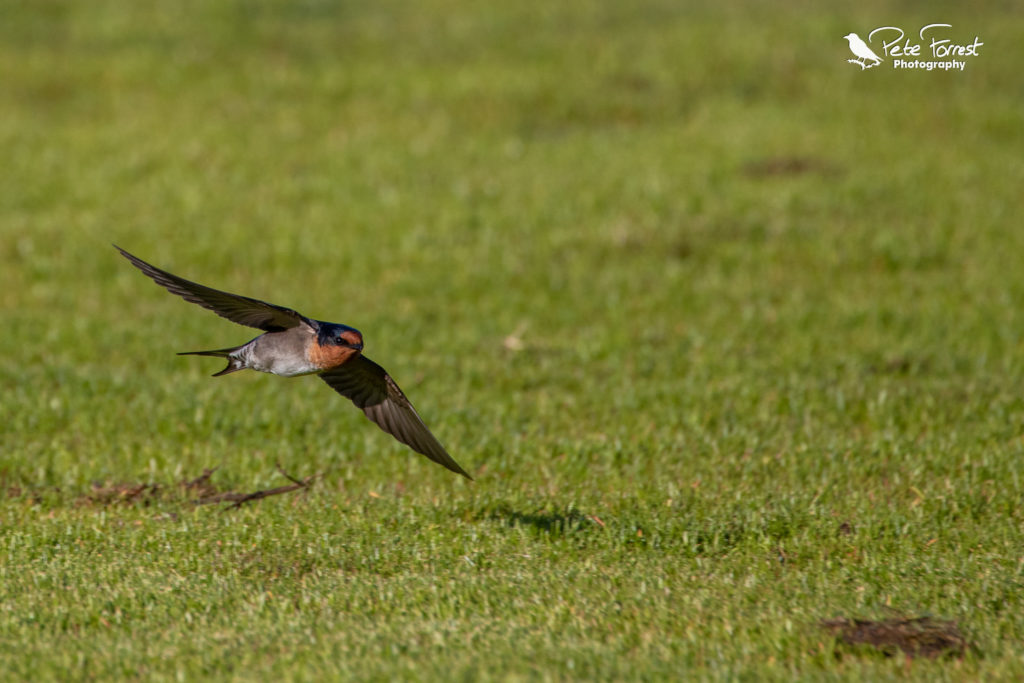
I was watching a flock of welcome swallows feasting on insects over a pond near Miranda. There must have been twenty-plus swallows all swooping in large laps of the pond, changing directions, and doing figures of eights. It’s a surprise they weren’t any accidents although a couple of times there was a near-miss with one of the swallows barrel-rolling out of the way or hitting the handbrakes. The swallows were picking off insects sat on the surface of the water without changing their flight pattern or breaking the surface. They fly low over the water searching for anything to eat and at the last second dip their head down to grab it. Each time they did, a perfect little ripple would expand from the point their beak had just touched the water. All perfect circles, showing just how light a tap the contact was made. I was in awe of their flying accuracy, even more so with the speeds they were going.
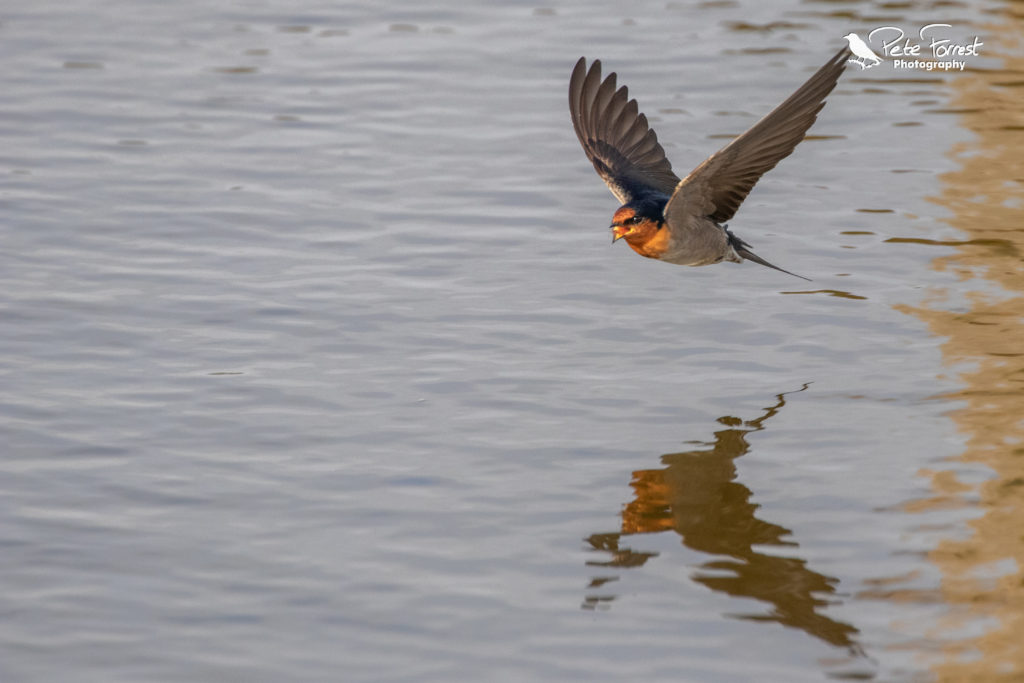
Welcome swallows can also take insects from the air. Like a fighter pilot in a dog fight, they spot their target swing to the side, up, or down to grab their prey with ease. They even look like a fighter pilot – they are just missing a hat with floppy ears. You’ll tend to find swallows following the edges of water as this is where insects are most abundant – where there are some water and some land.
There were a number of times wherein the moment after the swallow plucked the insect up it brought its head up to the side and back. Almost as if it were going to tuck it under its wing. This was only a split second but I assume this is to keep the beak as stationary as possible during the important moment as they are flying so fast. As they go over the insect their head tucks in until their chin reaches their chest before rolling round to the side in one fluid movement. Swallows can also drink whilst in flight! But I didn’t notice any of them doing this during their evening feast last week. Back out again to capture that one.
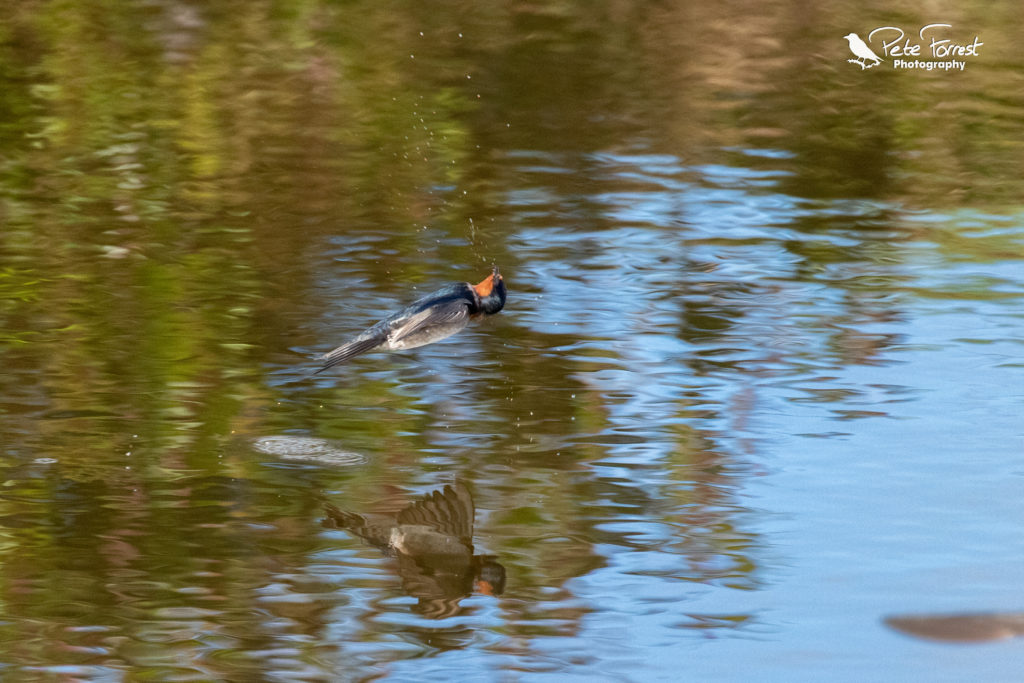
My first encounter with a welcome swallow when I came to New Zealand was in Rotorua. I was in a bird hide by the side of lake okareka. It was dusk, the sun barely visible above the horizon, barely a cloud in the sky and the beautiful orange evening light glowing over the lake. There were welcome swallows on swooping over the edge of the lake. Gliding along its edges like an artist tracing around its contours. In the half-light and me being new to the country, I didn’t immediately recognise them with their telltale forked tails. But when I turned to leave the hide I saw their picture and knew exactly what I had seen. However, the sign was hilarious and every time I see a welcome swallow since I think back to that moment and laugh. It simply said “The mesh on the windows is to keep the welcome swallows out. Please do not remove”. Despite their name, here at least, the swallows are far from welcome.

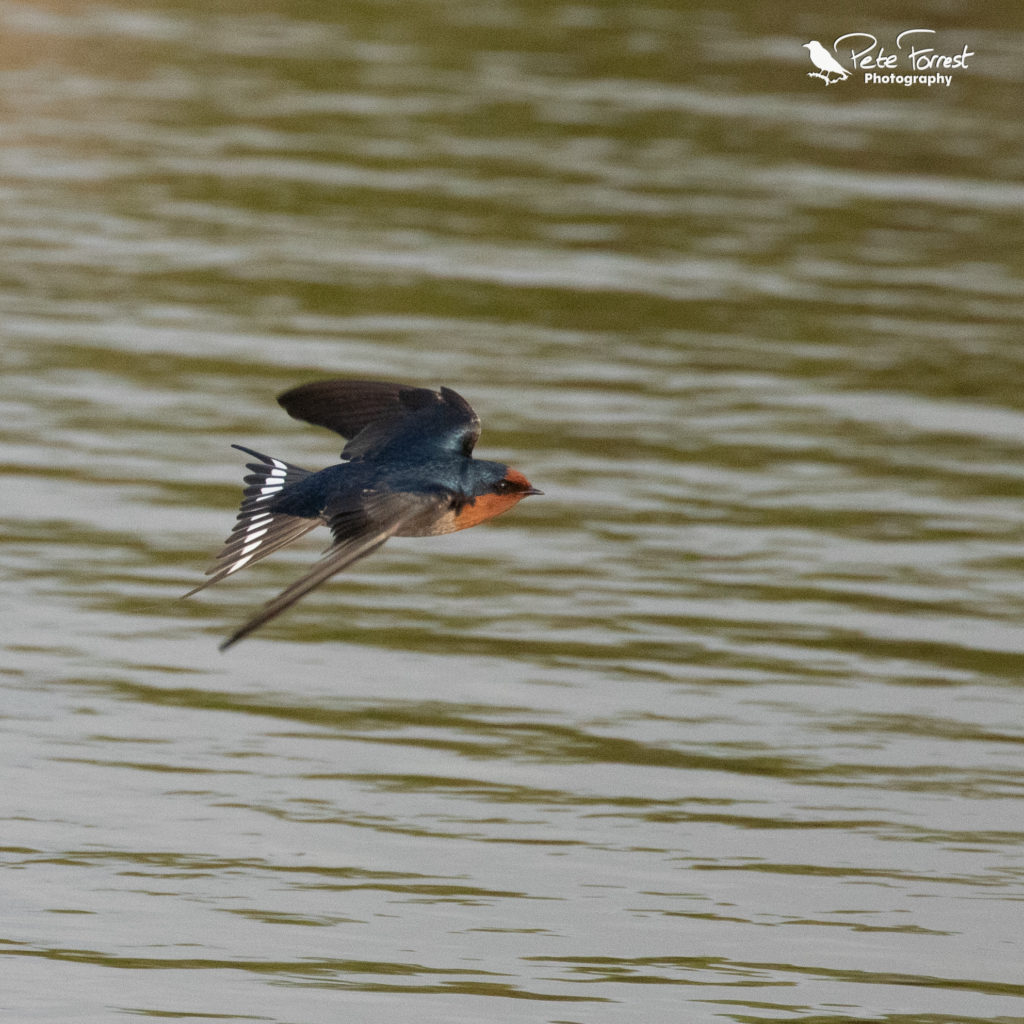
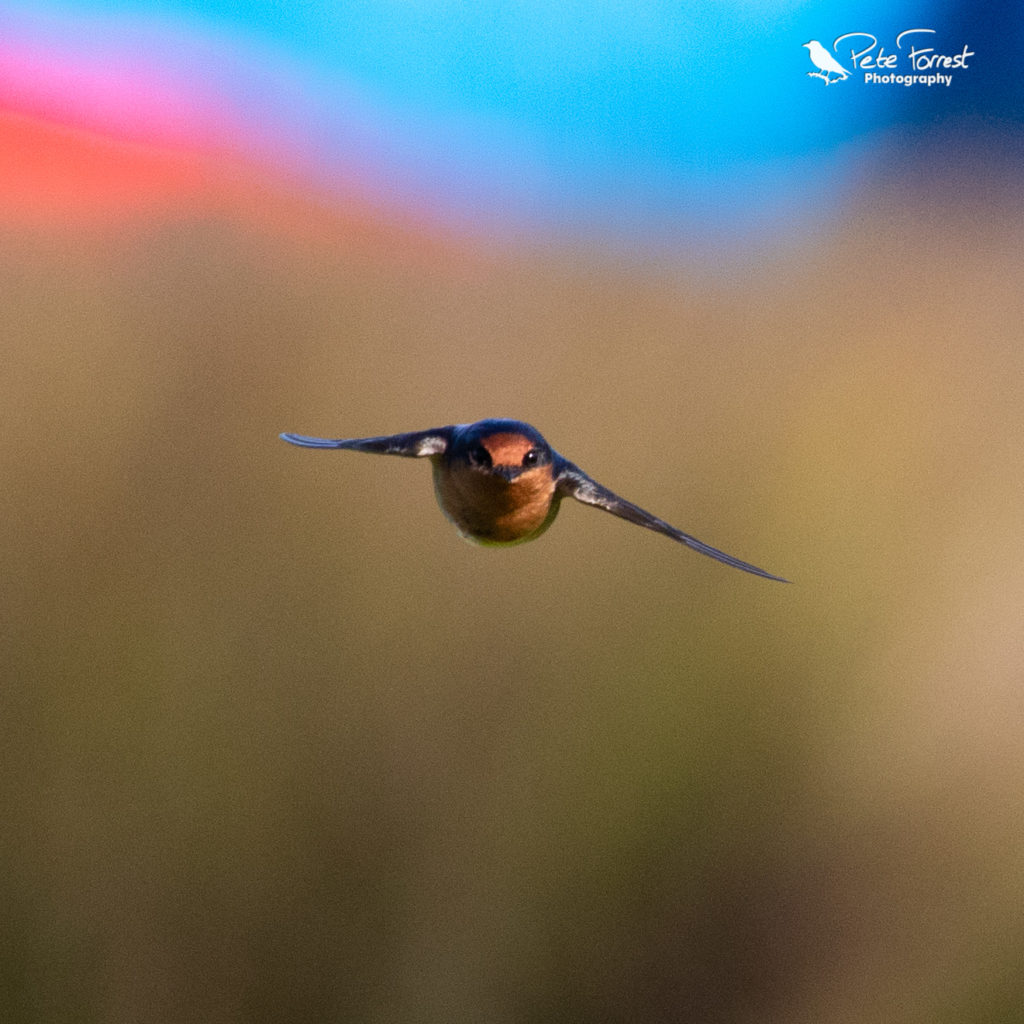
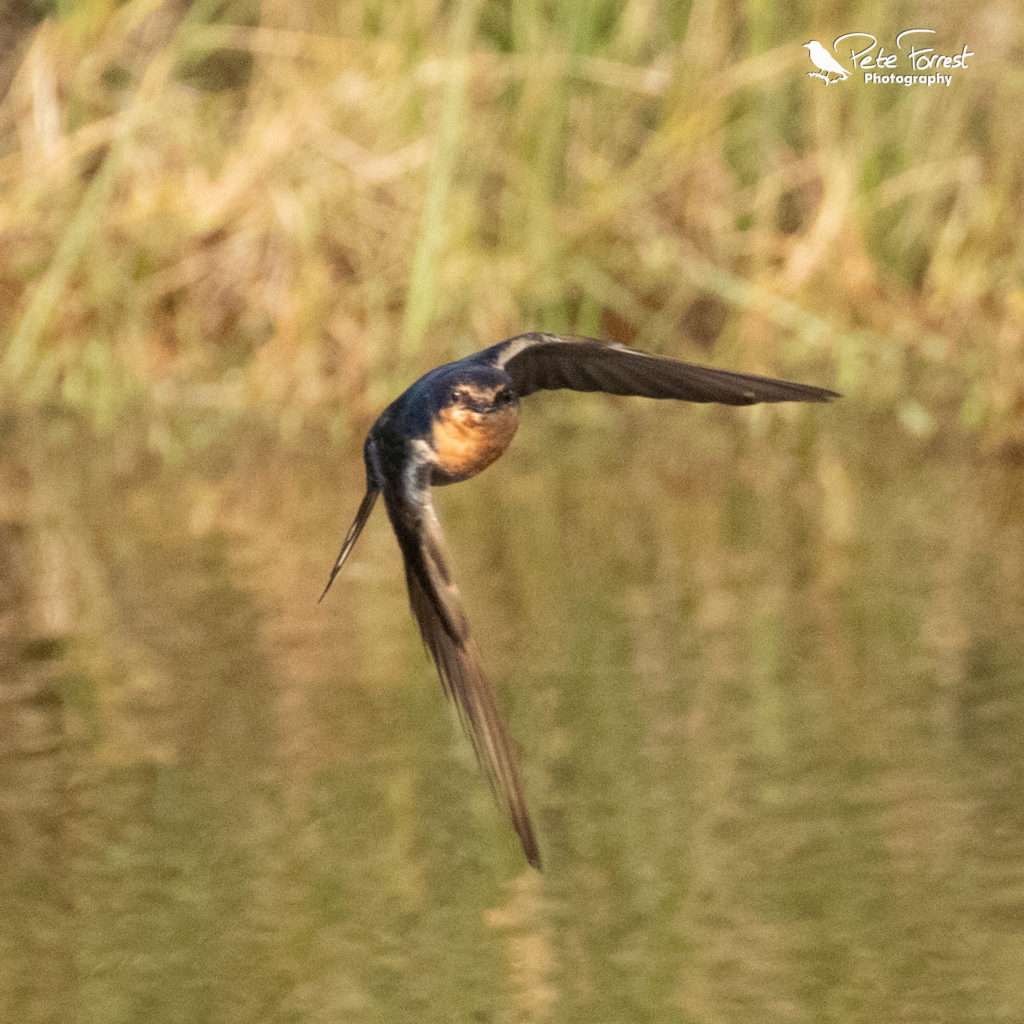
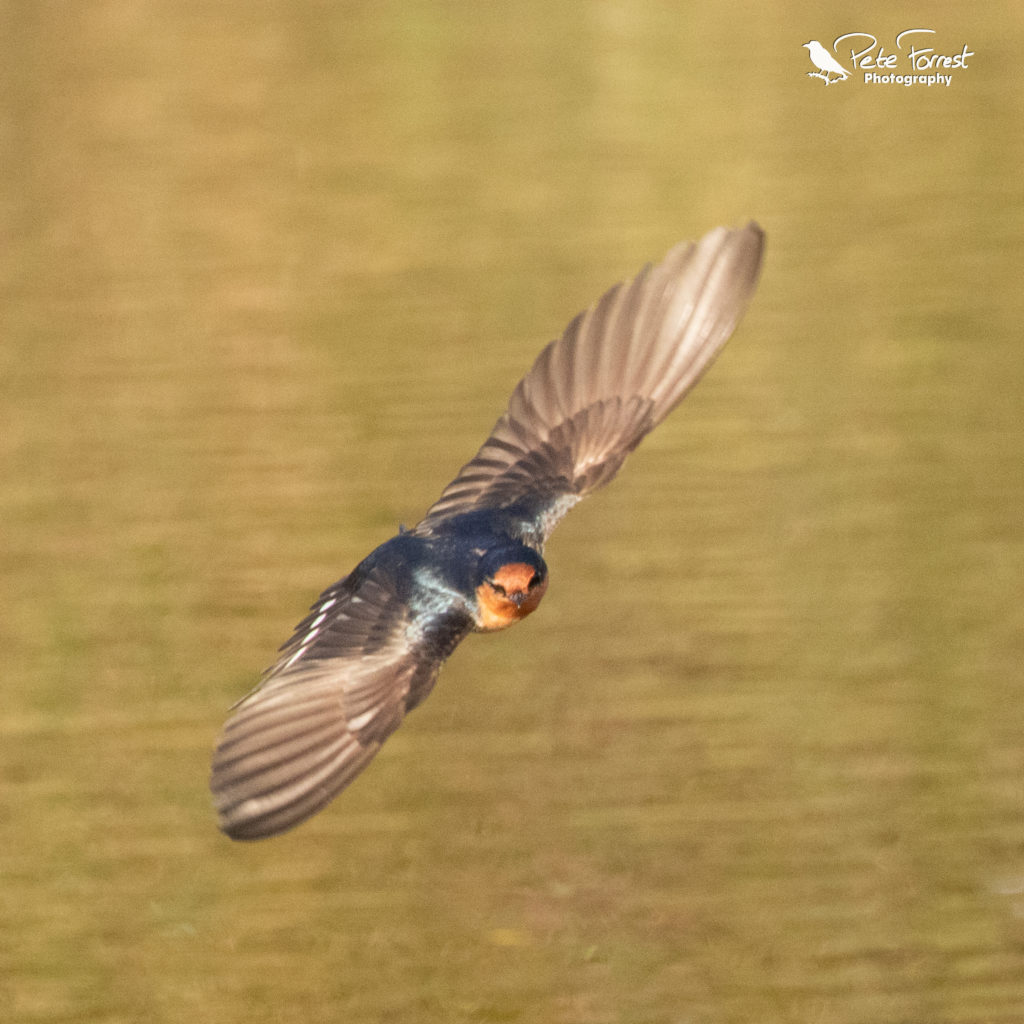
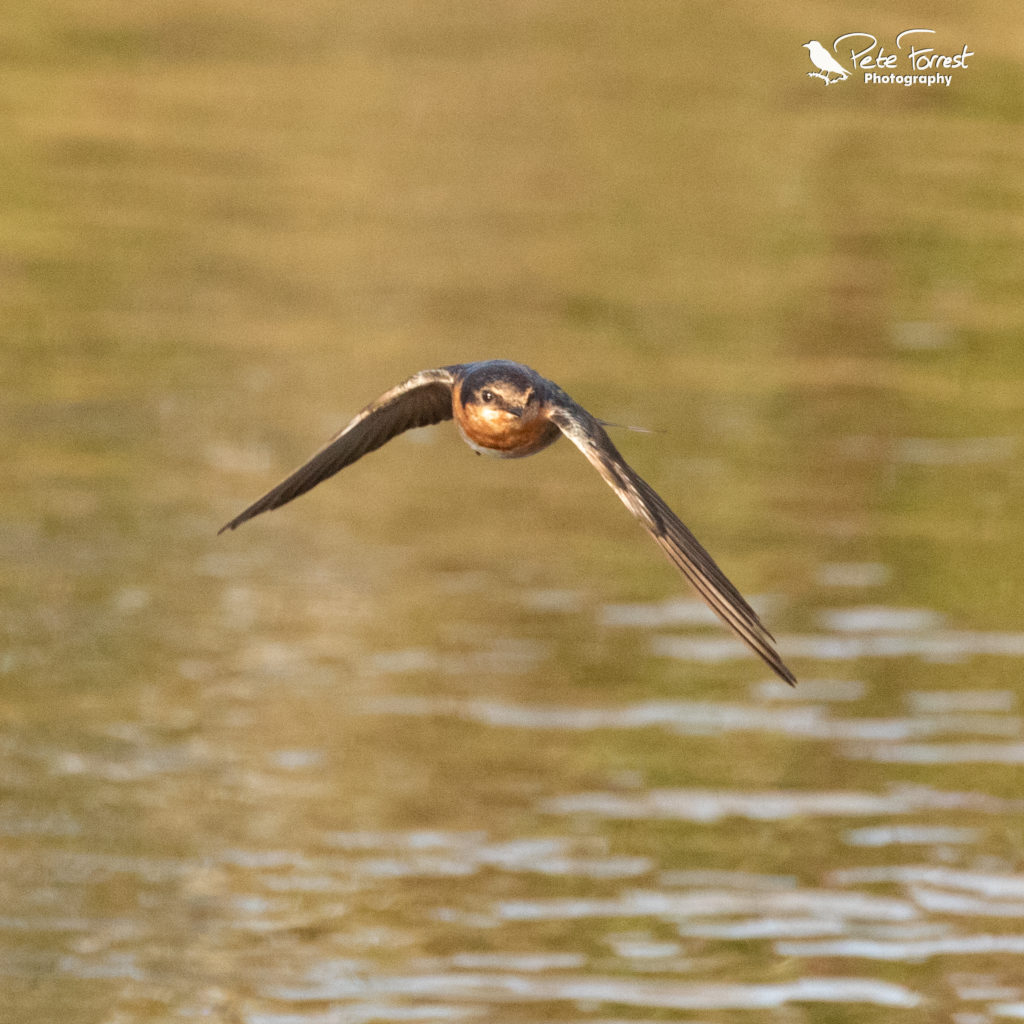
Leave a Reply